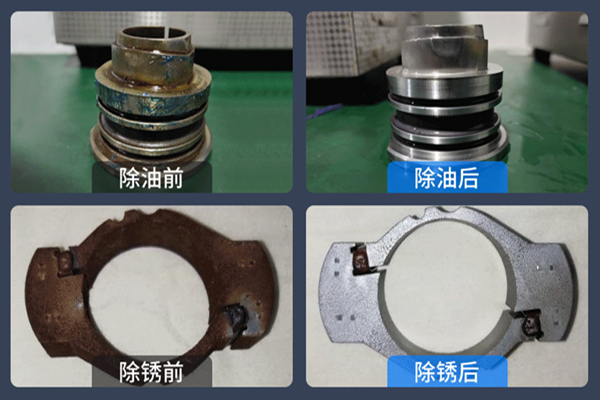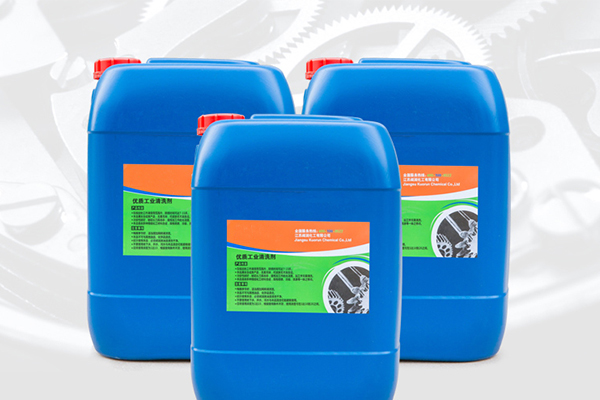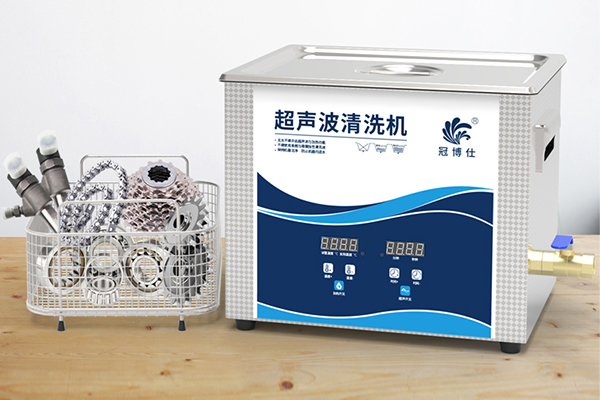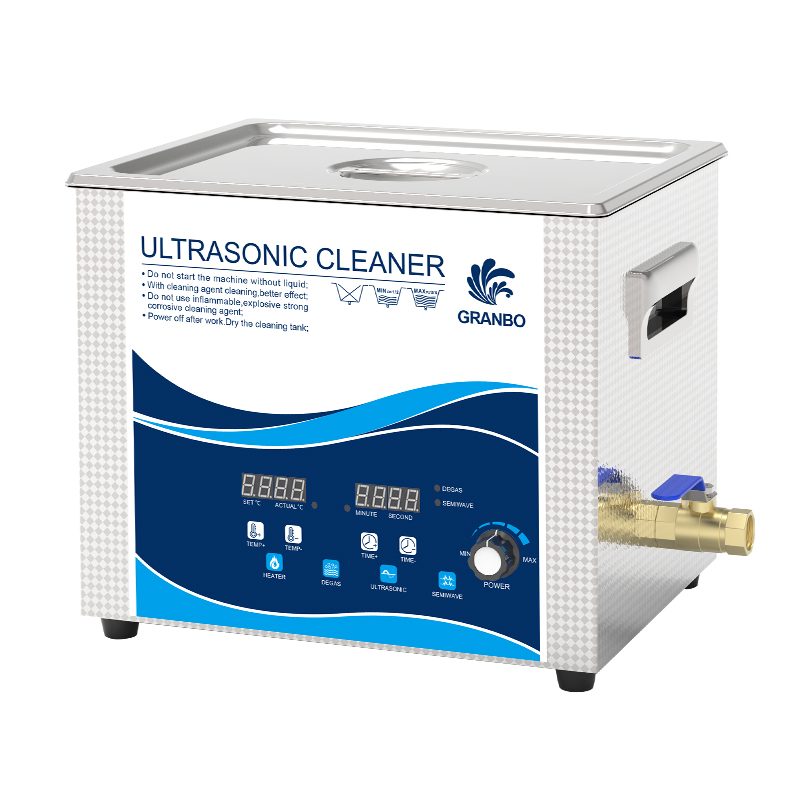There’s something timeless about a diamond ring. Whether it marks an engagement, an anniversary, or a personal milestone, its brilliance often carries more than just monetary value—it holds emotion, memory, and meaning. But with time and daily wear, that signature sparkle can fade under a layer of lotion, soap residue, or dust. For many, the search for an effective yet gentle cleaning method leads to ultrasonic cleaners. These machines promise professional-level results at home, but not everyone feels confident submerging their precious jewelry in high-frequency waves.
The Allure of a Sparkling Diamond
A diamond is not merely a stone—it’s a symbol. Its clarity, sparkle, and presence reflect both natural wonder and human craftsmanship. Yet, even the hardest gemstone on earth isn’t immune to the everyday grime of modern life. Lotions, oils, skincare products, and environmental particles can dull its shine over time. The key to preserving a diamond’s beauty lies in proper maintenance, and that includes knowing when—and how—to clean it. While wiping it with a cloth might restore a bit of shine, only a deeper clean can truly rejuvenate its brilliance.
But here’s where things get tricky. Diamonds are tough, yes, but their settings aren’t always as sturdy. That means the question isn’t only about cleaning the stone—it’s about cleaning the whole ring safely, without loosening or damaging any part of it.
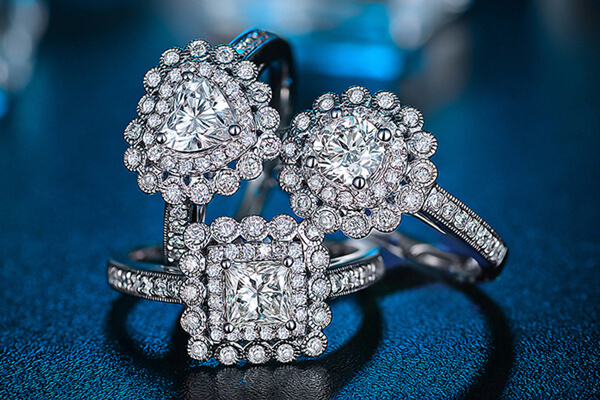
Understanding Ultrasonic Cleaning
The magic of ultrasonic cleaners lies in their simplicity and science. These devices generate sound waves at frequencies that create microscopic cavitation bubbles in water or a cleaning solution. When these bubbles collapse, they produce a gentle yet powerful force that dislodges particles from tiny crevices. It’s the same technology used in labs, watch repair, and dental clinics—now scaled down for household use.
For jewelry, especially pieces with intricate detailing, ultrasonic cleaning can reach where brushes and cloths can’t. But this doesn’t mean it’s a universal solution. Not all stones and settings are compatible with this type of cleaning. With diamond rings, the key is knowing what kind of diamond you have (treated or untreated) and whether the setting is robust enough to withstand subtle vibrations. Without this awareness, what starts as a well-intentioned cleaning session might end in a trip to the jeweler to fix a loose prong or missing accent stone.

Is Ultrasonic Cleaning Safe for Diamond Rings?
Diamonds, ranking 10 on the Mohs hardness scale, are among the hardest natural substances, making them generally safe for ultrasonic cleaning. However, certain factors can influence this safety:
| Safety Factor | Details | Impact on Cleaning |
|---|---|---|
| Setting Integrity | Prong and bezel settings offer more stability during cleaning. Pave or micro-pave settings use minimal metal to secure small stones. | Secure settings are generally safe. Minimal metal settings may allow stones to loosen under vibration. |
| Treatment History | Diamonds treated with fracture filling or laser drilling may have structural alterations. | Ultrasonic waves can worsen internal flaws, potentially causing cracks or cloudiness. |
| Age and Wear | Vintage or frequently worn rings may have weakened prongs or compromised mountings. | Older or damaged rings are more prone to stone displacement during ultrasonic cleaning. |
Best Practices for Ultrasonic Cleaning
If you decide to use an ultrasonic cleaner for your diamond ring, consider the following guidelines:
Inspect the Ring: Before cleaning, ensure that all stones are secure and the setting is intact.
Use Appropriate Solutions: Opt for cleaning solutions recommended for jewelry. Avoid harsh chemicals that can damage the metal or stones.
Limit Cleaning Time: Shorter cleaning cycles reduce the risk of potential damage.
Avoid Frequent Cleaning: While ultrasonic cleaners are effective, overuse can strain the setting. Limit usage to when the ring appears notably dirty.
Dry Thoroughly: After cleaning, dry the ring with a soft cloth to prevent water spots.
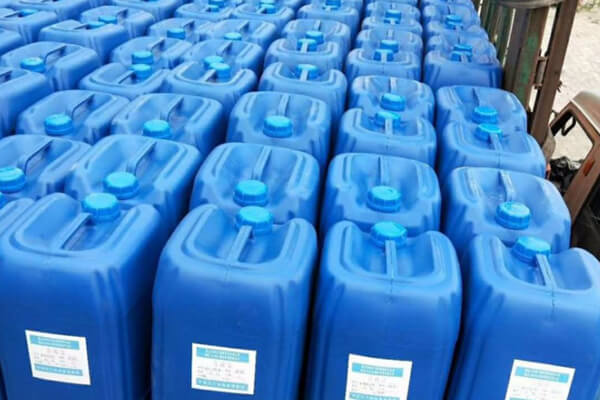
Alternative Cleaning Methods
For those hesitant about ultrasonic cleaning, there are safer alternatives:
Warm Soapy Water: Soak the ring in a solution of warm water and mild dish soap for 20-30 minutes. Gently scrub with a soft toothbrush, rinse, and dry.
Professional Cleaning: Many jewelers offer cleaning services, ensuring your ring is handled with expertise.
Jewelry Cleaning Solutions: Over-the-counter solutions are available, designed specifically for diamond jewelry. Always follow the manufacturer’s instructions.
Final Thoughts
Ultrasonic cleaning is undoubtedly one of the most efficient ways to bring back the sparkle in your diamond ring—but only when used with care. If your ring is a modern piece with a secure setting and an untreated stone, a short cycle in an ultrasonic cleaner can work wonders. However, if your diamond has been fracture-filled or laser-treated, or if the setting is vintage and delicate, it’s safer to choose alternative methods or consult a jeweler first.
And if you’re looking for a trusted tool for the job, the Granbo MK-186 ultrasonic cleaner offers the right balance of frequency (50kHz), tank size (600ml), and user-friendly design. It’s ideal for safely cleaning not only diamond rings but also eyeglasses, watches, and even delicate contact lenses. Designed with smart operation reminders and built-in protections like water-level sensors and automatic shutoff, it provides the precision you need with peace of mind to match.
Cleaning your diamond ring shouldn’t be a gamble—it should be a thoughtful act of care. Choose wisely, use gently, and let your diamond reflect light the way it was always meant to.


